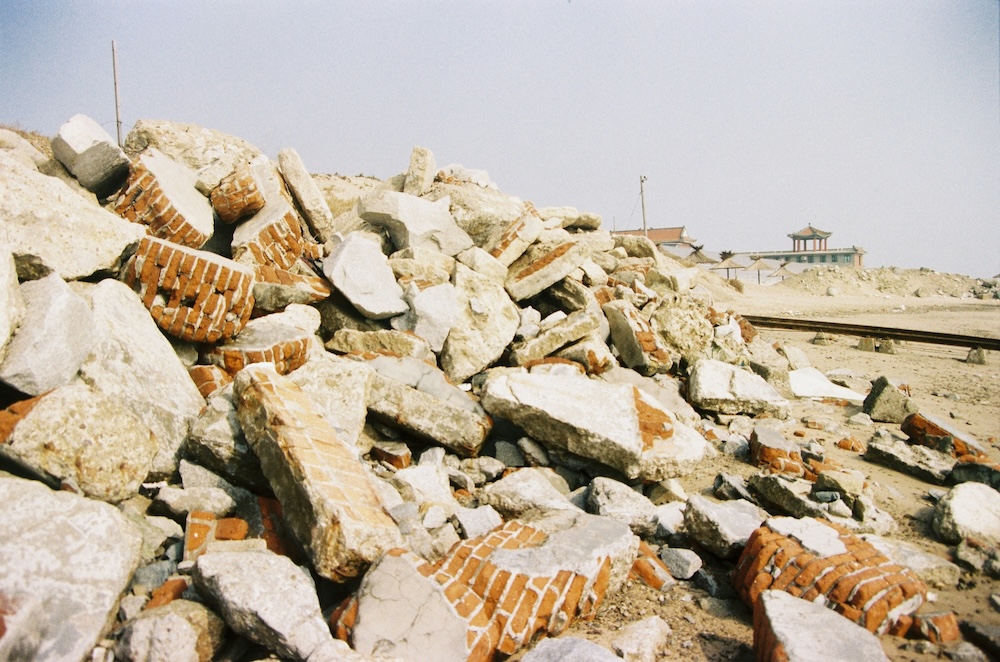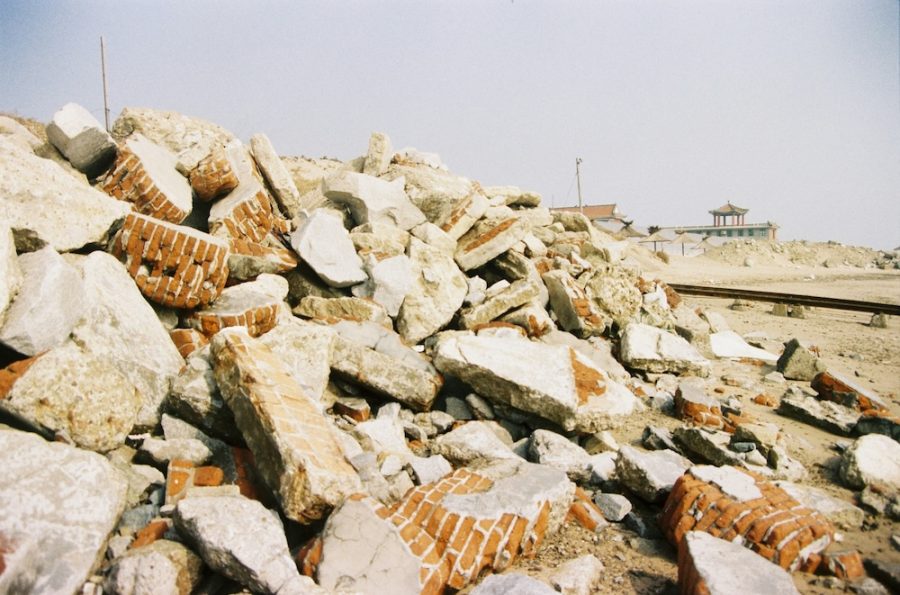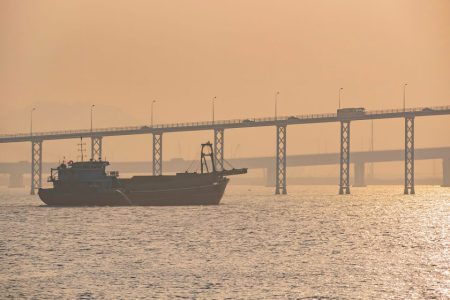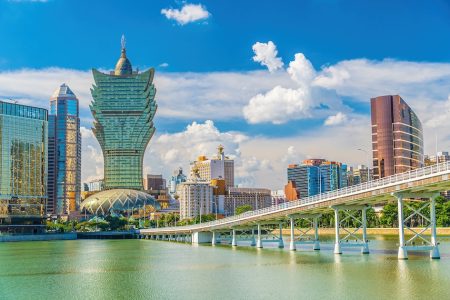The Hong Kong Dolphin Conservation Society (HKDCS) is urging the Macao government to consider developing screening and processing facilities for construction waste, instead of using the waste to build an artificial island, which the group says will threaten the city’s natural environment and dolphin population.
In recent months, local authorities have been mulling the idea of building an artificial island out of construction waste off the coast of Hac Sa beach – one of Macao’s most popular scenic spots – because the city’s landfill is full.
HKDCS vice-chairman Viena Mak says the island proposal is neither an effective nor real solution to the waste management issue. Instead, the HKDCS argues that the government should recycle and reuse such material, particularly inert construction waste – such as concrete, rubble and bitumen – which Mak notes can have a recycle rate of “more than 95 percent.”
In an interview with Macao News, Mak said she recently contacted a mainland Chinese builder of such recycling plants and found that a single facility “could process one-fourth of the construction waste in Macao last year if we [were to] continuously process the waste for one whole year.”
The conservation group is calling on local authorities to build four of these structures. Mak stated that the buildings could be housed on a 10 hectare plot of land near the landfill that the government has been in possession of since last year.
She noted that the four screening and processing facilities would only take up 1.6 hectares of land, with a total cost of around 13.2 million patacas – figures that are significantly lower in comparison to the 245 hectares and 15.6 billion patacas that the artificial island requires. The group says the facilities could be built by 2025.
[See more: Rosário doubles down on construction waste island]
“These facilities are our only hope for [dealing with] the construction waste,” Mak told Macao News.
She pointed out that if the island were to be built, it would threaten the endangered Chinese white dolphins by destroying their habitat and blocking their already narrow channels they use to move around the Pearl River estuary. Indeed, an earlier study by Guangzhou’s Sun Yat-Sen University concluded that Macao’s entire marine area was important to the survival of the dolphin population.
The environmentalist also mentioned that the project threatened Macao’s natural environment, noting that the public works secretary, Raimundo Arrais do Rosário, has publicly stated that the island “will never be a natural place or a pleasant place for people to stay.”
Although the government has been calling the construction waste island an “ecological island” in order to garner support for the plan, Rosário conceded to local broadcaster TDM that the island could not be a leisure area “because what is going to be put there is not exactly pleasant … We are talking about a landfill, with ashes.”
The HKDCS meanwhile launched a campaign earlier this week, calling for residents to send letters to the Environmental Protection Bureau to express their opposition to the government’s proposal.
The authorities have yet to make a decision on whether or not they will carry out the project, although Rosário has repeatedly argued that it is the only way for the SAR to overcome its landfill crisis.






